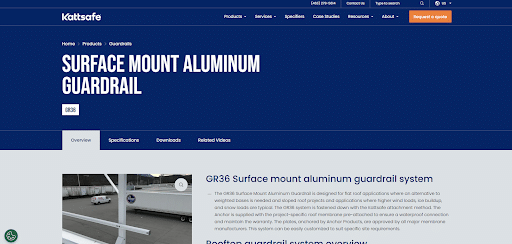Did you know that the excavation and demolition market is projected to reach $600.73 billion by 2029? This shows the growing importance of efficient excavation practices in modern construction.
Construction projects depend on effective early-stage excavation techniques. Mastering these methods improves productivity and reduces potential risks during the building process. Proper site preparation forms the foundation for all future work.
In this article, we explore key excavation techniques that improve efficiency and precision. Read on to help you achieve better results and long-term success.
Table of Contents
Trenching
This method is designed for installing utilities and drainage systems. It involves digging long, narrow channels that reach deep into the ground. Proper planning and soil assessment are vital before beginning the process.
This method requires strong safety measures to prevent cave-ins and worker injuries. Using trench boxes and shoring helps keep the trench walls stable. This ensures a safer and more efficient work environment.
Bulk Excavation
Bulk excavation involves removing large amounts of soil from a site. It is commonly used for creating foundations, basements, and other large structures. Using heavy machinery like bulldozers and excavators makes the process quick and accurate.
This method helps form an even surface that supports safe and durable construction. If you live in Montana, consider exploring the site prep in Flathead County. They provide professional excavation services tailored to different project sizes.
Hydro Excavation
Hydro excavation uses pressurized water to break apart soil and a vacuum system to remove it. This technique is ideal for sensitive areas with underground utilities. It provides a cleaner and more controlled method compared to traditional digging.
The process reduces the risk of pipe or cable damage during excavation. It also minimizes labor needs by using advanced machinery. Hydro excavation is efficient for both small and large projects.
Vacuum Excavation
Vacuum excavation combines air pressure and suction to remove soil. It is useful for projects that require careful handling near existing infrastructure. The method prevents accidental damage to pipes and cables during digging.
This process produces minimal mess compared to mechanical excavation. It also reduces the need for heavy machinery on-site. Vacuum excavation enhances safety and precision in complex environments.
Auger Excavation
Auger excavation relies on a rotating drill bit to bore deep holes in the ground. It is often used for installing posts, piers, or foundation supports. The method ensures accuracy while limiting soil disruption.
This technique is efficient in tight spaces where larger machines cannot operate. It helps maintain stability in nearby structures and landscapes. By reducing excess soil movement, it shortens the overall construction time.
Cut and Fill
The cut-and-fill method involves removing soil from high areas and placing it in low ones. It helps create a balanced and even terrain for construction. This technique is often used in roadwork and site leveling.
Reusing soil on-site reduces waste and transportation costs. Surveying and planning ensure accurate elevation adjustments. With proper management, cut and fill supports sustainable and cost-effective construction.
Mastering Excavation for Successful Builds
Building a successful project takes more than basic excavation work. It requires skill and understanding of the right techniques. Proper mastery ensures each stage of construction begins on solid ground.
Using effective excavation methods leads to better site preparation and smoother workflows. It also enhances safety and long-term project quality. This approach sets the foundation for efficient and successful builds.
Did you find this blog post helpful? If so, feel free to explore more of our blog!





